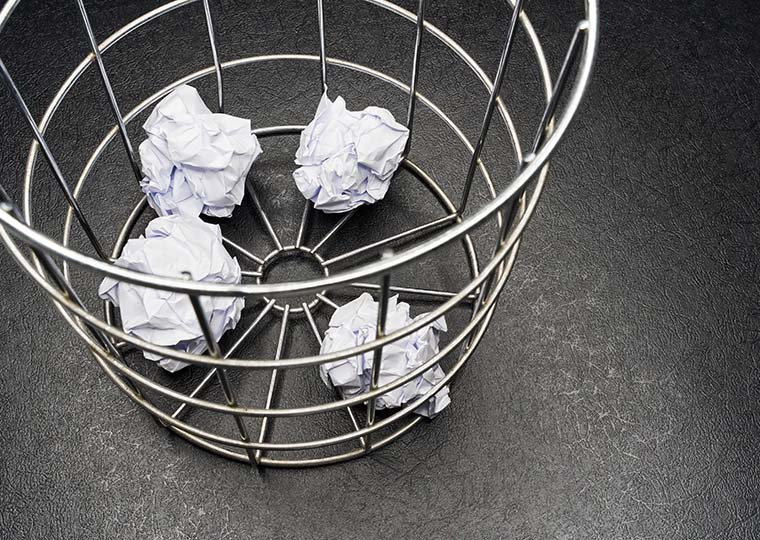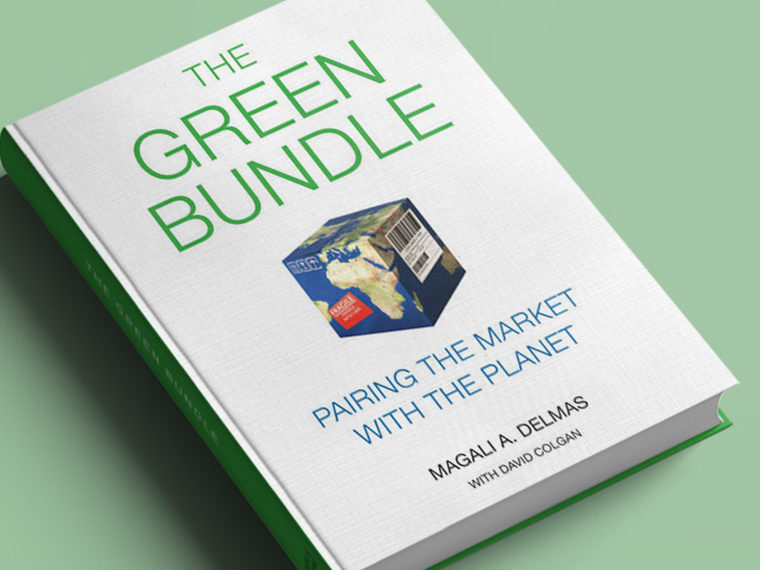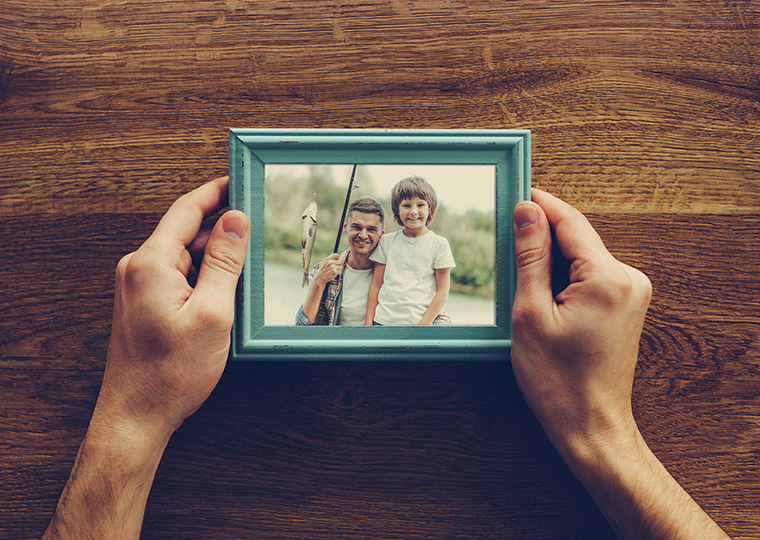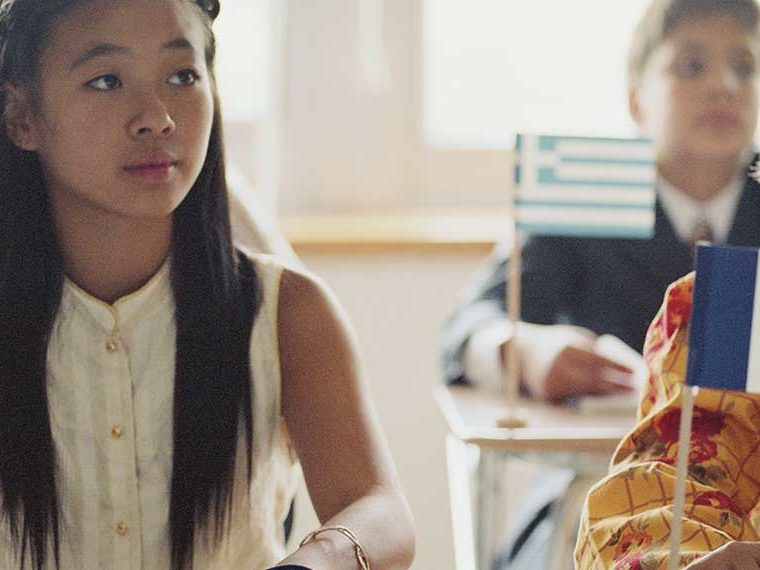Cassie Holmes’ book combines social science and personal history; jilted on the way to the altar
If you’re feeling stressed out, stretched thin or overworked — that is, if you’re human in 2022 America — you may have a conversation looping through your head that goes something like, “If only I had more time to relax, or to spend with family and friends, or to focus on meaningful activities, my life would be so much better.”
UCLA Anderson’s Cassie Mogilner Holmes insists you can find the time to pull that off. Her book, “Happier Hour: How to Beat Distraction, Expand Your Time, and Focus on What Matters Most,” offers a step-by-step guide to upping your happiness game.
—Cassie Mogilner Holmes
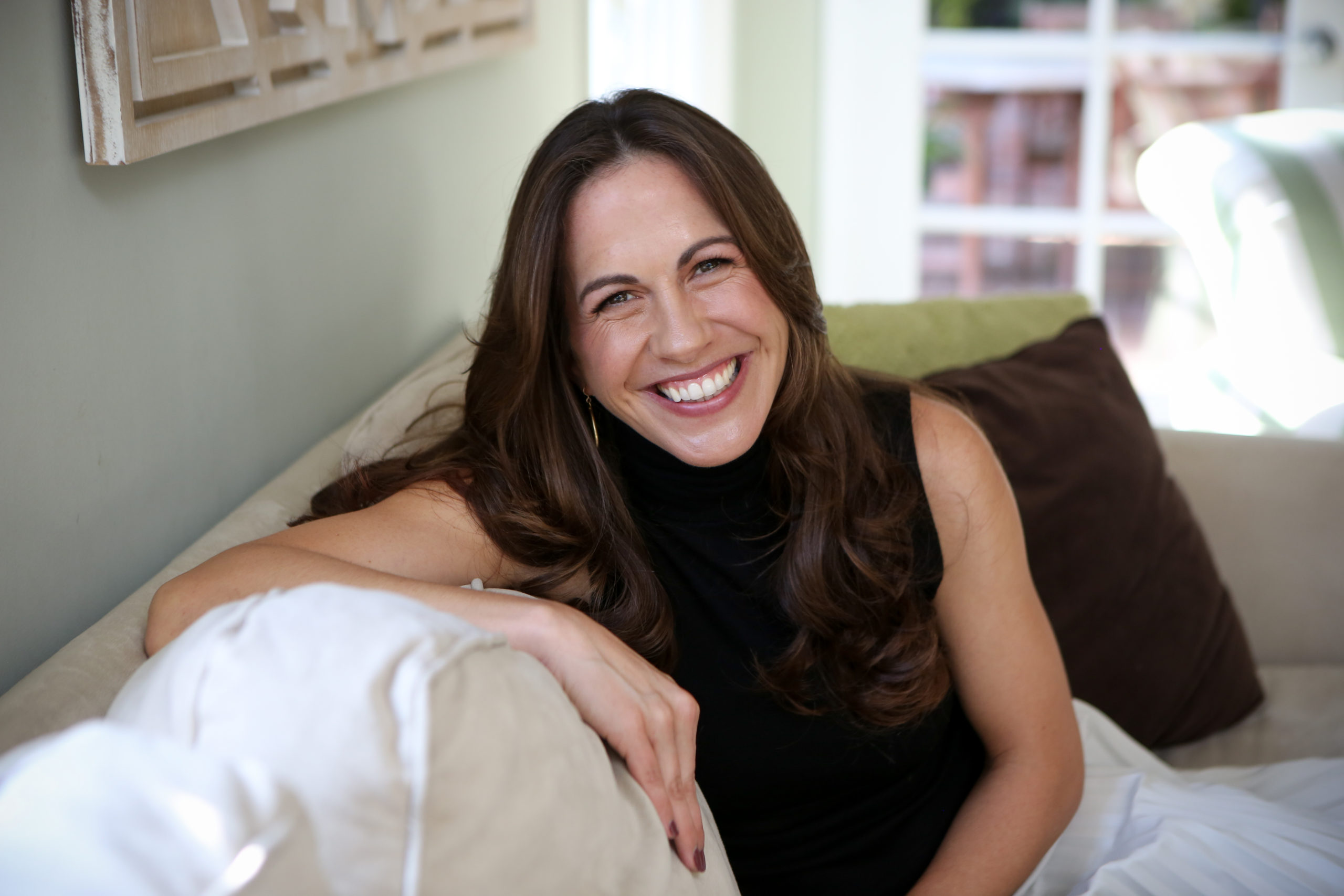
An Unexpected Phone Call
Holmes’ personal story, introduced early in the book, gives extra authority to advice honed from academic research.
“Growing up, I was referred to as Little Miss Happiness,” Holmes writes. “I was so perpetually cheery, it was easy to write me off as naïve. But truthfully, I’d always had a lot to be happy about.”
A period she describes as “my very own fairy tale” began when a grade school crush from her family’s time living in London looked her up when she was living in New York post-college. Romance ensued and her prince later proposed shortly after her 27th birthday. They moved to the Bay Area and, the week before her long-planned wedding, she was backing out of the driveway, her wedding dress and honeymoon outfits neatly packed behind her, when the phone rang.
“Cassie, I’m not ready to get married.”
“In that instant, my smiley existence shattered, along with my vision of a perfectly laid future. My fairy tale ended abruptly, and not at all happily. I suddenly found myself heartbroken, humiliated and saddled with the sad (and costly) task of deconstructing my meticulously planned dream wedding,” she shares in “Happier Hour.”
“Though by that point I had begun my Ph.D. studies into happiness, I had never truly questioned my own. But with depression looming those following months, I looked back to the existing literature through a new lens. I wanted to understand what makes us happy, and if there was anything I could do to regain mine.”
Holmes’ personal story, introduced early in the book, gives advice honed from academic research extra authority.
Years later, happily married (to someone else) she found herself profoundly unhappy with the busy-ness of her life. She loved her job as an assistant professor at the University of Pennsylvania’s Wharton School, but the demands of academia on top of an intense determination and desire to enjoy time with her husband and baby son — and friends and family —reached an overwhelming stage.
After literally racing to catch the last late-night train back to Philadelphia from a speaking engagement at New York’s Columbia University, Holmes knew hers wasn’t a sustainable path.
“I wanted more time, but not just time to get more done. I wanted more so I could slow down to experience the hours,” she writes. “When looking at my life, I wanted to feel happy and not only see a blur.”
Time Before Money
The book is an immensely approachable and relatable tour of her hard-won understanding that happiness requires intentional nurturing, paired with a growing body of research that makes the case that time — not money — is our most precious personal resource, and that we all have it within us to find enough time each day to devote to activities that are truly fulfilling.
Holmes is a social psychologist who has collaborated on dozens of published academic papers exploring the interplay between time management and happiness. The book contains 36 pages of footnotes on all the academic research (hers, and others’) that forms the underpinning of its advice.
“Happiness is a choice,” Holmes asserts.
Some Effort Required
“Happier Hour” grew out of a popular course Holmes began teaching at UCLA Anderson, Applying the Science of Happiness to Life Design.
For Holmes, happiness requires conscious, deliberative effort. The book is full of exercises to help readers better identify the specific activities, people and places that make them happy (it’s tricker than you may think) and those that don’t.
Full disclosure: A spreadsheet is in the mix. And the final project is to craft weekly schedules that literally carve out time for the stuff that makes your heart sing.
Sound too Type A for you? Granted, Holmes is an academic, teaching MBA students. She exists in an ecosystem of Type A. But the book is written for any and all personalities. The only requirement is that you agree that having more opportunities throughout each day to experience happiness is something worth investing some time and effort toward.
And she makes a clear case that there’s plenty of payoff. Holmes cites research that happier people are healthier and live longer. And if you take a step back, what’s the point of life if you fail to make happiness a priority?
Here is a taste of the research and exercises found in the book:
Two Hours a Day
Finding time to focus on what makes you tick is likely far more doable than you might think. Research Holmes co-authored found that if we can spend two hours a day of free time on stuff we want to, especially when it involves people who bring meaning to our life, we’re setting ourselves up for plenty of happy.
Moreover, lots more free time isn’t necessarily better; the same research found that participants’ sense of happiness began to drop once they had five or more hours of free time. “The real answer is not about being time rich; it is about making the time you have rich,” Holmes writes.
And it need not be an uninterrupted two-hour chunk. The goal is that the aggregate time committed to activities that speak to you throughout the day adds up to at least two hours.
Yes, You’ll Need A Spreadsheet
A central foundation of Holmes’ UCLA Anderson course, and this book, is a granular tracking exercise to see how you’re currently allocating your time, and the degree of happiness each activity generates.
For at least one week (preferably two) the challenge is to record how you spend your time in 30-minute increments.
Specificity is key. For example, an entry that says “work” isn’t helpful. You want to drill down to exactly what you were doing: “Attending a staff meeting” or “door closed and cranking on my research/presentation” or “1:1 with direct report.” In the same vein, “family time” is a bit amorphous. Holmes wants you to write down exactly what you were doing — and with whom.
Next to each entry you are to rate how you felt during that 30-minute increment on a scale of 1 (not at all happy) to 10 (very happy). You can download a free Time Tracker spreadsheet.
After a week or two, it’s time to look for patterns: What are the three or so activities that made you happiest? Note who you were with, where you were, and what you were doing. Note also activities that you consistently rated the lowest. A variety of Holmes’ methods can help you do more of the former and, when the latter are absolutely required, make them less objectionable.
Favorite activities become must-schedule permanent fixtures in your schedule (more on this below).

For Holmes, Friday date-night with her husband is untouchable. To make sure they don’t back out, they have a standing agreement with a babysitter for Friday nights to hang with their two young kids. (In behavioral psychology, booking the babysitter every Friday is a “commitment device.”) Even during the COVID-19 lockdown, the couple continued to carve out Friday dates, dining together (without their kids), on the front stoop of their home.
Another sacred ritual is Thursday morning coffee dates with her young daughter Lita, after they’ve dropped older child Leo off at elementary school. When Lita started school, the treasured ritual continued but got shifted to Sunday mornings.
Friends — And Where Your Two Hours Might Be Found
Chances are you will notice you are happier being with other people. “Having friends doesn’t guarantee you’ll be happy, but to be happy, you need a friend,” Holmes writes, citing research.
If you’re gonna binge stream TV, for instance, at least do it with someone else. (And for the record, Holmes says when her students complete this assignment, binging for multiple hours rarely sets off high levels of happiness; after the first episode/hour of the night, consider moving on to something else.)
Likewise, Holmes shares that when students complete the Time Tracker assignment, they are consistently surprised at how much time they devote to checking in on social media, and by the realization that it does not make them as happy as they thought.
The more detailed your Time Tracker, the more illuminating it can be. Holmes, a self-described introvert, shares that socializing — typically the biggest driver of happiness — is nuanced for her: She gave high happiness ratings to 1:1 time with her husband, friends, colleagues, even strangers. Bigger get-togethers, not so much.
Buying Time and Bundling Tasks
Holmes and her husband, Rob, are insistent on family dinner, though they both are racing to be home by 6 p.m. In effect buying time, they subscribe to a meal delivery service that enables them to get a healthy dinner on the table in 15 or so minutes and saves them from grocery shopping and extensive meal prep during the busy workweek.
As for getting through other necessary yet unwanted tasks, Holmes highlights the “temptation bundling” hack of Wharton’s Katy Milkman: Treat yourself to something you like as you’re tackling something you don’t.
Hate working out? Alas, it’s not only good for our health, it also typically boosts one’s sense of happiness, especially if we can get outside. The temptation bundling hack would be to tell yourself that you will only listen to favorite podcasts or audiobooks when you’re out for a power walk, or run or at the gym. Laundry? Put the phone on speaker, dial up a bestie and catch-up while you’re folding. That just might boost a “4” rating to an “8.”
Holmes has a half-hour walking commute to and from work. That ticks the exercise-as-mood-enhancer box, but commuting is a known happiness killer for most of us. Her hack: She often uses that walking time to call up a friend or family member and catch up.
The Unexamined (Work) Life
Some jobs (picking items in an Amazon warehouse, say) entail a single task, on repeat. Many, thankfully, are varied and Holmes encourages readers to identify the parts of work they find pleasing, or onerous.
Holmes shares that for her, the time suck required to respond to email can be a bit soul crushing. Her happiest time at work is when she can close the door and focus on research.
An exercise in the book pushes you to drill down to exactly why you do the work you do. She calls it the “five whys” exercise.
To identify your purpose — what ultimately drives you — ask yourself, “Why do I do the work that I do?” First answers typically involve making money or parrot the dictionary definition of your job. But let’s be real, that’s not what gets you out of bed in the morning. That’s not what gets you excited to “get to work” and show up again the next day. That’s not what makes you feel fulfilled when you realize you’ve made progress. So, take your first answer and dig a level deeper, asking yourself again: “Why?” Why does doing that matter to you? Then, to delve even deeper into your underlying motivation, ask yourself “Why?” for that answer. By the time you answer five layers of why, you likely will have arrived at the heart of why you do your work. That’s your purpose.
When you take the time to refine and focus on what gives you professional meaning, you just might be able to reframe the drudge part of the work as being in service to your bigger purpose.
Featured Faculty
-
Cassie Mogilner Holmes
Professor of Marketing and Behavioral Decision Making; Donnalisa ’86 and Bill Barnum Endowed Term Chair in Management
